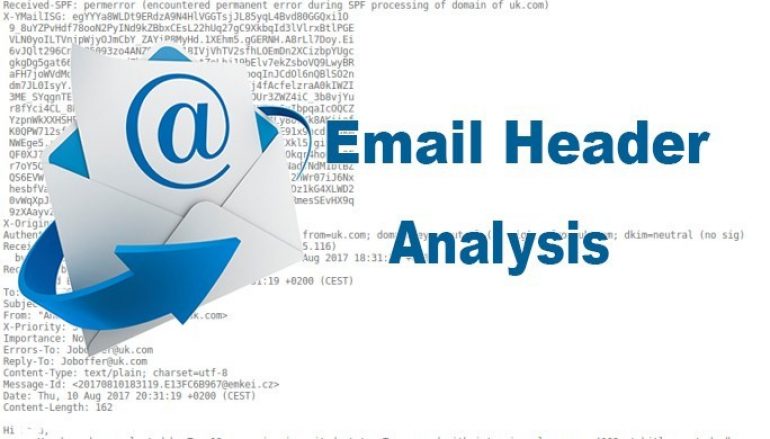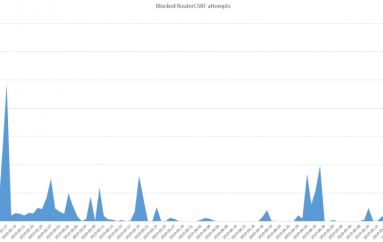
Email Header Analysis – Verify Received Email is Genuine or Spoofed
Email Header Analysis highly required process to prevent malicious threats since Email is a business critical asset. Altering email header to make the message appear to come from somewhere other than the actual source is a fraudulent email.
If the spam filter is bypassed a receiving the mail to inbox can be the critical impact to the organization. This makes an organization open door to attacks like social engineering, delivering malicious payloads to compromise the internal asset.
Email Header Analysis – Analyzing message headers:
- In Email Header Analysis.Message headers (email header) are used by people which include from, to, cc and subject.
- The email message headers are contained in the envelope headers.
- care used by the simple mail transfer protocol (SMTP).
- Investigating headers will provide routing details.
- You can look Raw contains in mailbox>more>Show original or View Raw Message.

Note: Before start investigating the envelope header lets break down the process for better understanding.
Email Header Analysis – Breakdown
Process of Email header analysis, Envelope Header (Email Header) contains many fields, but this is most important to investigate when you think something is suspicious.
Return-path
- Delivery status notices are sent to this address
- Validation by sender policy framework(SPF)
- Looks up the domain in the return-path (SMTP envelope sender) and verifies that corresponding IP is authorized to send an email for the domain.
- But this does not prevent attackers from spoofing the “From” address.
Reply-To
- Email address used in message replies
- overrides the “From” address in replies
Received
- A single email will have more “Received” entries
- The bottom “Received” entry will show the initial server to handle the message.
Line beginning with X
- Added by email servers and security tools. Received & X-Fields are created by your own email services are the completely trustworthy entries.
Email Header Analysis – Header Drill Down

- In this, you can view mail Received from 127.0.0.1 (EHLO emkei.cz) (46.167.245.116)
Malformed SPF

- Received-SPF is a permanent error during validation.
- This is good evidence that the mail is spoofed and sender policy framework failed.
- As we discussed earlier, does not prevent attackers from spoofing the “From” address.
DomainKeys Identified Mail

- The receiver runs DNS query to get the public key from the sender domain and Digitally signs emails.
- Does not prevent attackers from spoofing the “From” address.
- Can Validate message integrity
- In thus dkim=neutral ( no sig) which shows no signatures.
Email Header Analysis – Open Relay Test
- An open relay is an SMTP server configured in such a way that allows a third party to relay (send/receive email messages that are neither from nor for local users).
- Therefore, such servers are usually targets for spam senders.

- In Thus Test Passed with an error message, Replay access is denied.
- so the attacker is targeting victim to click the link and pay money.

- Above figure shows that attacker goal is to click and pay the amount with a legitimate look of the source email address.
Email Header Analysis – Threat Intelligence Report
- Checking the reputation for the malicious IP.
- You can use your online tools for searching reputation.
Example: VirusTotal or IBM x-force

- So here we can conclude that the attacker has tried communicating with the victim with spoofing techniques to show him as a legitimate user.
- Aware of social engineering attacks through technologies.
- Never click and pay when communicating IP is not Trustworthy.
This post Email Header Analysis – Verify Received Email is Genuine or Spoofed originally appeared on GB Hackers.






